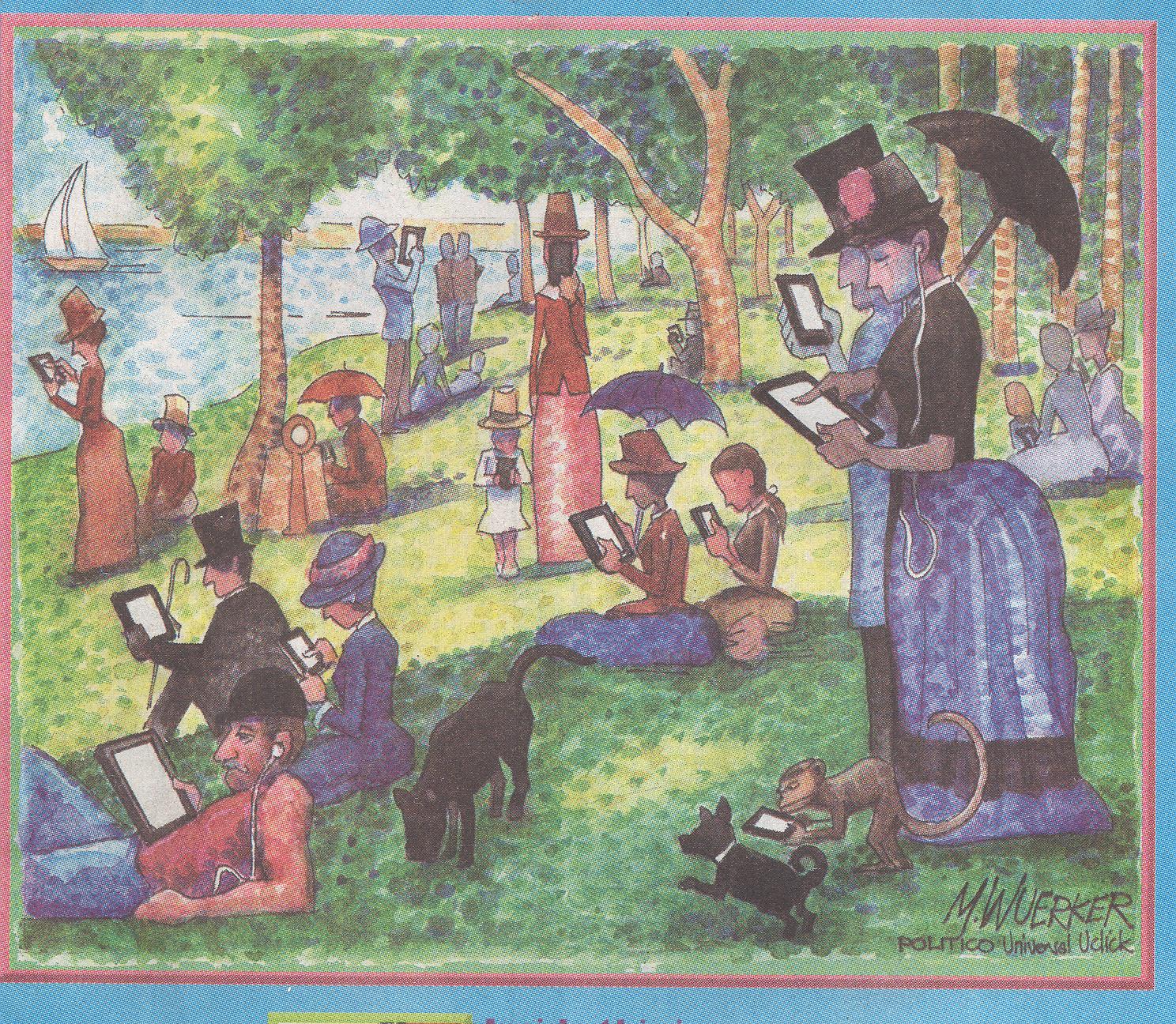- Name (that you want me to call you)
- Hometown
- What is your calling? ("a calling has to do with one's larger purpose, personhood, deepest values, and the gift one wishes to give the world.... A calling is about the use one makes of a career." David Orr, Earth in Mind)
- What is your dream job?
- What is something special about you?
I'm also passing around a sheet to gather information on your backgrounds. If you have taken a course (or have some competence) in an area, put a check mark in that box. In particular notice that there are two software packages mentioned: Mathematica and R.


I have instituted the "Class Agreement". I'll have everyone sign it who wishes to remain in class.

In short: no phones.
We obviously have computers readily at hand: I hope that you will use them only for course activities, and not to sell all your stuff on Ebay during class (unless you split the profits with everyone)....
-
A moment of reflection upon the pre-reqs....
Given the pre-reqs, I am bound by my sense of duty to assume that you will need some basic introductions to
- multivariate calculus
- linear algebra
- differential equations
(unless I were to discover, miraculously, that you have all had any one or all of these courses).
If you have already had these courses, wonderful! Please don't assume that others have, however, and please be patient if you feel that something is "obvious": you may be at an advantage, and should simply be glad that you are able to easily move ahead.
If you have not had these courses, and want more help when we get to these topics, please let me know!
- A few special math modeling aphorisms:
- Pounding nails doesn't make you a carpenter.
Most math classes focus on the tool; we want to focus more on the trade. - When all you have is a hammer, everything looks like a nail.
Be careful that you don't use the wrong tool just because you have it at easily at hand. - Tell me and I'll forget; show me and I may remember; involve me,
and I'll understand.
For this reason, I hope that this class is not going to be a "stand and deliver" lecture course. The students are the key to making a modeling class good!
This is a shop class: in the end you'll have one of those shop projects to take home, like the tie rack for your dad....
- Pounding nails doesn't make you a carpenter.
- Modeling class versus other classes
In most math classes, as mentioned above, we study the tool, and then occasionally look at "applications" (e.g. story problems). In this class, we start with the story problem, and hit it with anything we've got!
Of course we will be learning some tools, as well. But hopefully only "just in time" to solve problems.
Unlike most math classes, math modeling thrives on the open-ended question: these is generally no "right" answer; no "right" approach:
- All models are wrong; some models are useful. (attributed to George Box).
-
Similarly, there are many ways to approach a problem: success may be
achieved by any number of different routes (and failure is easy!:).
An apocryphal story (but one too fun not to share!:): Neils Bohr and the barometer.
We value creativity and imagination more in math modeling than in nearly any other course. By the way, here is a mathematical model for calculating the height using a barometer in the boring way!
- In spite of the uncertainties involved in modeling, there are some useful
strategies (I like George Polya's How to Solve It). I call Polya's the
"UPCE" (oopsie) approach, with good reason! (Here's a
handout summarizing his strategy):
- Understand
- Plan
- Carry out
- Evaluate
- Problems/Projects: there are already several questions that have arisen
in my life recently, the answers to which I do not know:
- When will the Keeling curve (atmospheric CO2)
concentrations pass 450 ppm?

- What explains the markings on this odd measuring stick I obtained up in Canada? (Actually I know the answer to this one...:)
- Can we use historical Wood County, OH temperature data to test whether surface temperatures have risen there (or changed in other ways) over 140 years or so? Whether, in fact, predictions of climate scientists have been borne out there?
- Who was the better high school cross-country runner -- my brother Thad (class of '81), or his son Thomas (class of '20)?
One thing that I want you to realize is that mathematical modeling can be done to help resolve many mundane problems you encounter in daily life.
Today (and for this first week) I want to start right in with that last problem. My brother and my nephew have been going back and forth on this one, but have agreed to abide by your decision -- so there's a lot riding on this!:)
Thad (1980) Distance: 2.5 mile course Best time: 13:30 Thomas (2019) Distance: 5000 meters Best time: 17:15 It might help to know Boys State Tournament Individual Champions for Ohio over time.
Let's see what you can do today; and for next time, please give me a one-page summary of your thoughts so far:
- What have you tried, or considered?
- What else would you like to know?
- Who's better? (Your best guess so far)
I'll break you into groups to discuss strategy today. (Introduce yourself to your groupmates first!)
- When will the Keeling curve (atmospheric CO2)
concentrations pass 450 ppm?